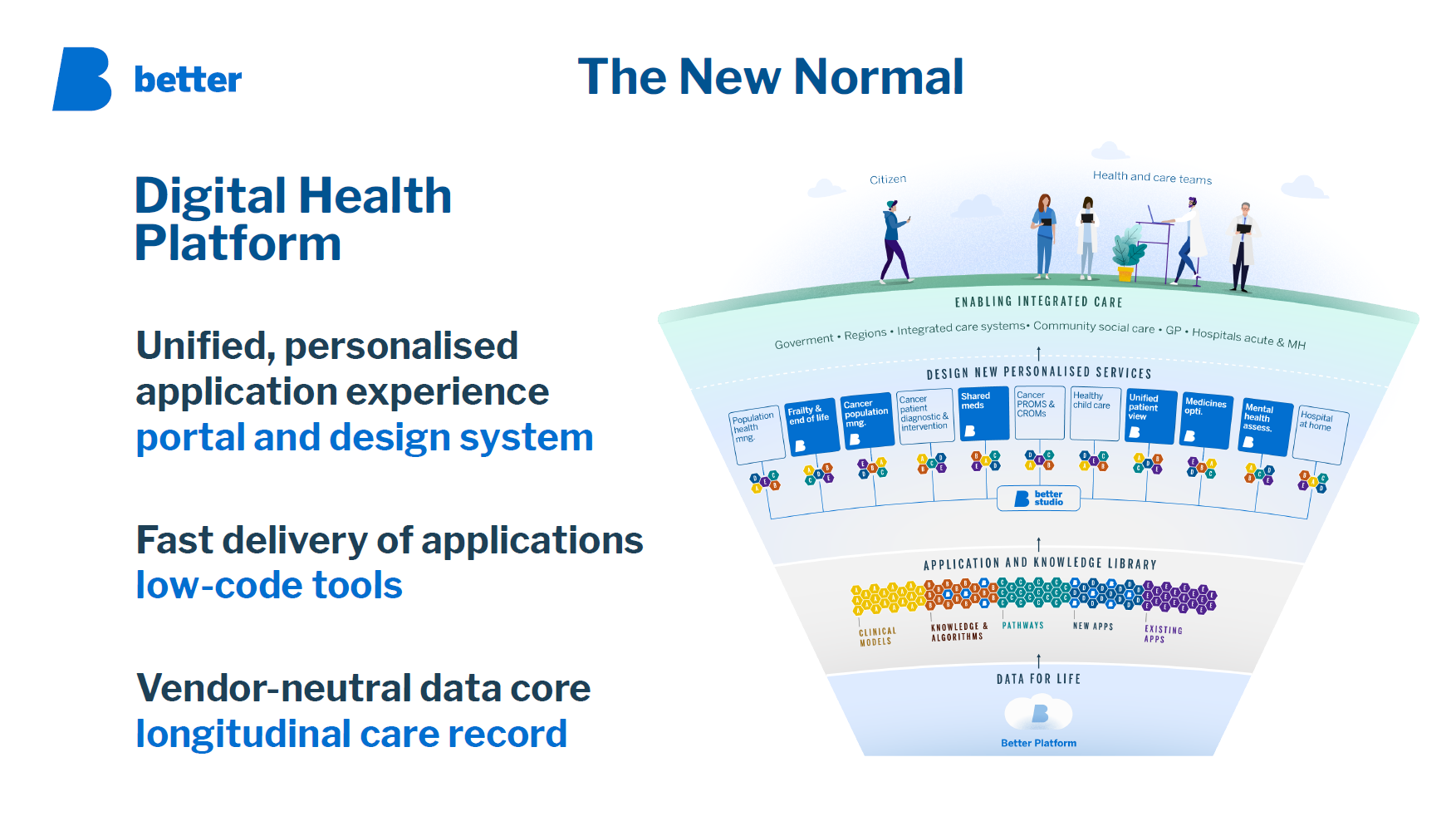medication management
Matt Hancock at Rewired: Separate the Data from the Applications
At the Digital Health Rewired 2021 event, more than 3,000 attendees tuned in to 10 summits with 300 speakers who delivered very insightful presentations regarding the progress and opportunities in digital health.
But it was Matt Hancock’s keynote during the Digital Transformation Summit that marked the event. The Secretary of State for Health and Social Care emphasised the importance for hospitals to avoid being dependent on vendors for accessing and sharing their patient data.
“At the moment, most live patient data is held by the companies who provide the electronic patient record systems, but it isn’t their data. And although it isn’t their data, too often these systems act as a barrier to accessing it. This means that data might not be accessible and can’t be properly shared, providing a barrier to the research and innovation that we know has so much potential, and hampering the life-saving role that data can play in promoting patient safety.”
Matt Hancock then suggested the option he wants to focus on to remove those obstacles: “I want to explore whether we can remove this barrier to innovation and separate the data layer from the application layer so providers can offer the application software, and the data will be stored separately and securely in the cloud. Then we will have a consistent data platform across the NHS.”
An Approach Already Proven in Practice
Better has been advocating the separation of data and applications for several years now, and this has been proven in practice in healthcare organisations, as well as regional and national healthcare systems across the globe.
During the New Normal Summit at the Rewired 2021 event, Better’s CEO Tomaž Gornik emphasised that the key to this approach is the Digital Health Platform, which includes:
- a vendor-neutral data core: a longitudinal care record
- the ability to rapidly deliver new applications using low-code tools
- a unified, personalised application experience: portal and design system
Here, data for life is key: health data must last much longer than any application, and that is why it needs to be separated from the applications creating it. When this is done, it is also possible for many applications to “speak” or communicate using the same primary data, not just copies of the data which are sent around the system.

There Is No Need to Start from Scratch
Introducing a Digital Health Platform does not mean that existing systems need to be replaced, because health and care organisations can build new applications on top of the platform. As organisations then add new applications, they work with the same data, not additional data. In this way, existing systems can keep on running for business purposes, while new health and care applications can be built on the digital health platform according to a hospital’s needs and resources. openEHR is a concept that can make this transformation happen.
During his presentation at Rewired, Tomaž Gornik provided guidelines for health and care organisations that would enable them to implement the digital health platform and address the challenges of the new normal:
- Stop buying monolithic solutions.
- Set up clinically-led data governance to define terminologies, and clinical data models to be used for data persistence.
- Set up a digital health platform in each integrated case system to collect all clinical data from all care providers, using the concept of “one patient, one record”.
- Start building or buying apps and applications which work on top of a digital health platform, thus separating data from applications.
- Build or buy them “once for NHS”.
In case you missed the event, you can still register for recordings of the Rewired 2021 sessions here. Registration is free for the NHS.

